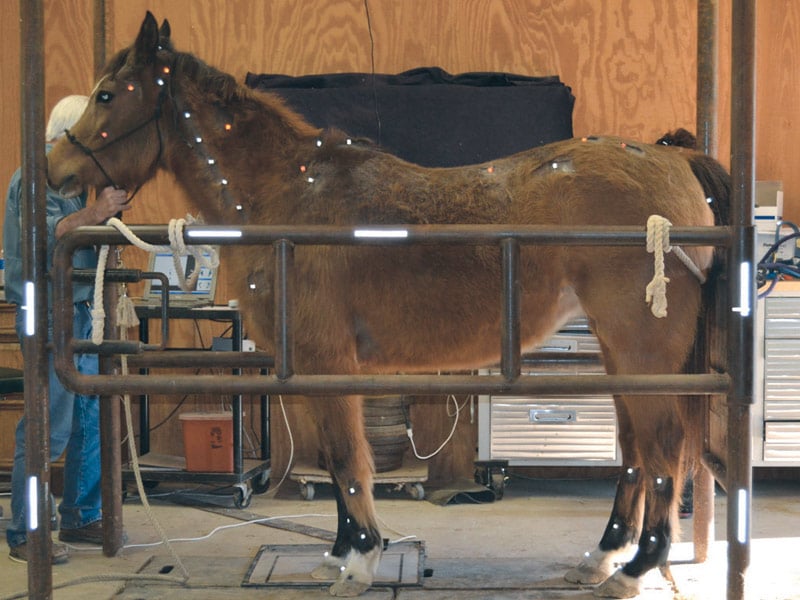As a veterinarian, what added value can you offer your clients when it comes to CBD products?
What have we learned about veterinary cannabis use over the last two-and-a-half years, since hemp CBD became legal in the US?
- The two most common reasons people seek CBD for their pets are to treat anxiety and provide pain relief.
- Most hemp CBD products are safe for pets.1,2
- While oral administration of CBD products for dogs (on food or in a treat) is widespread, elevated ALP has been documented in multiple studies dosing orally at 2 mg/kg.3,4
OFFER VET-TO-VET CBD PRODUCTS
What added value can veterinarians offer clients in the crowded direct-to-consumer cannabis marketplace? A handful of hemp product lines have been formulated by veterinarians, not “CBD bubble” marketeers. It’s time that veterinarians became proactive in dispensing cannabinoid supplements. Who better than a trusted vet when it comes to advising about indications, helping to find the optimal dosing regimen, understanding the difference in administration methods, and monitoring pets for adverse effects? Your practice can exert quality control over hemp CBD by offering vet-to-vet products that are high quality, high potency, and easy to dose.
WHAT ELSE YOU SHOULD KNOW ABOUT CBD
• Did you know that by dosing CBD transmucosally (directly in the mouth), dogs can achieve better systemic absorption and minimize risks of elevated ALP? Transmucosal administration allows micro-dosing of hemp CBD products — using 0.25-0.5 mg/kg instead of 2 mg/kg that some recommend for dosing on food. By administering hemp CBD products directly into the systemic circulation, we can avoid stressing the liver P450 cytochrome system.5 High potency oil products are best for this method of administration.
• When dosing directly into the mouth, palatability matters! Hemp plants can have wildly different terpene profiles based on genetics, cultivation, and weather conditions. Terpenes are the source of hemp’s odor and flavor. Also, different carrier oils have different flavors and shelf stability. Be sure to taste-test a potential product, find out whether the company’s hemp source is consistent batch to batch, and choose neutral shelf-stable carrier oils.
• Some hemp products differentiate themselves by the incorporation of minor cannabinoids. For example, what do you know about cannabigerol (CBG)? This is the “mother molecule” of all cannabinoids — the base compound from which the rest are made. Early clinical trials indicate that CBG outperforms other cannabinoids for appetite stimulation — an important factor for cancer patients and pets with a fragile GI tract. Promising trials are also being done on CBG’s effects on neurodegenerative diseases and immune-mediated skin and gut syndromes. Wouldn’t it be great to have safe, effective treatment options for degenerative myelopathy and IBD?
As more states legalize marijuana use, pressure is building on the DEA to remove it from the Schedule 1 drug list. It’s time to take charge of your clients’ willingness to use CBD for their pets, and learn how hemp cannabinoids can help patients with anxiety, pain, and end-of-life care.
1McGrath, Bartner et al. A report of adverse effects associated with the administration of cannabidiol in healthy dogs. JAHVMA. 2018;52:34-38.
2Gamble LJ, Boesch JM, et al. Pharmacokinetics, safety, and clinical efficacy of cannabidiol treatment in osteoarthritic dogs. Front in Vet Sci. 2018; 5:165.
3Bartner, McGrath et al. Pharmacokinetics of cannabidiol administered by three delivery methods at two different dosages to healthy dogs. Can J Vet Res. 2018; 82:178-183.
4Deabold KA, Schwark WS, Wolf L, Wakshlag JJ. Single-dose pharmacokinetics and preliminary safety assessment with use of CBD rich hemp nutraceutical in healthy dogs and cats. Animals. 2019; 9(10):832. https://doi.org/10.3390/ani9100832.
5Zendulka O, Dovrtelova G, Noskova K, et al. Cannabinoids and Cytochrome P450 interactions. Curr Drug Metab. 2016;17(3):206–22







